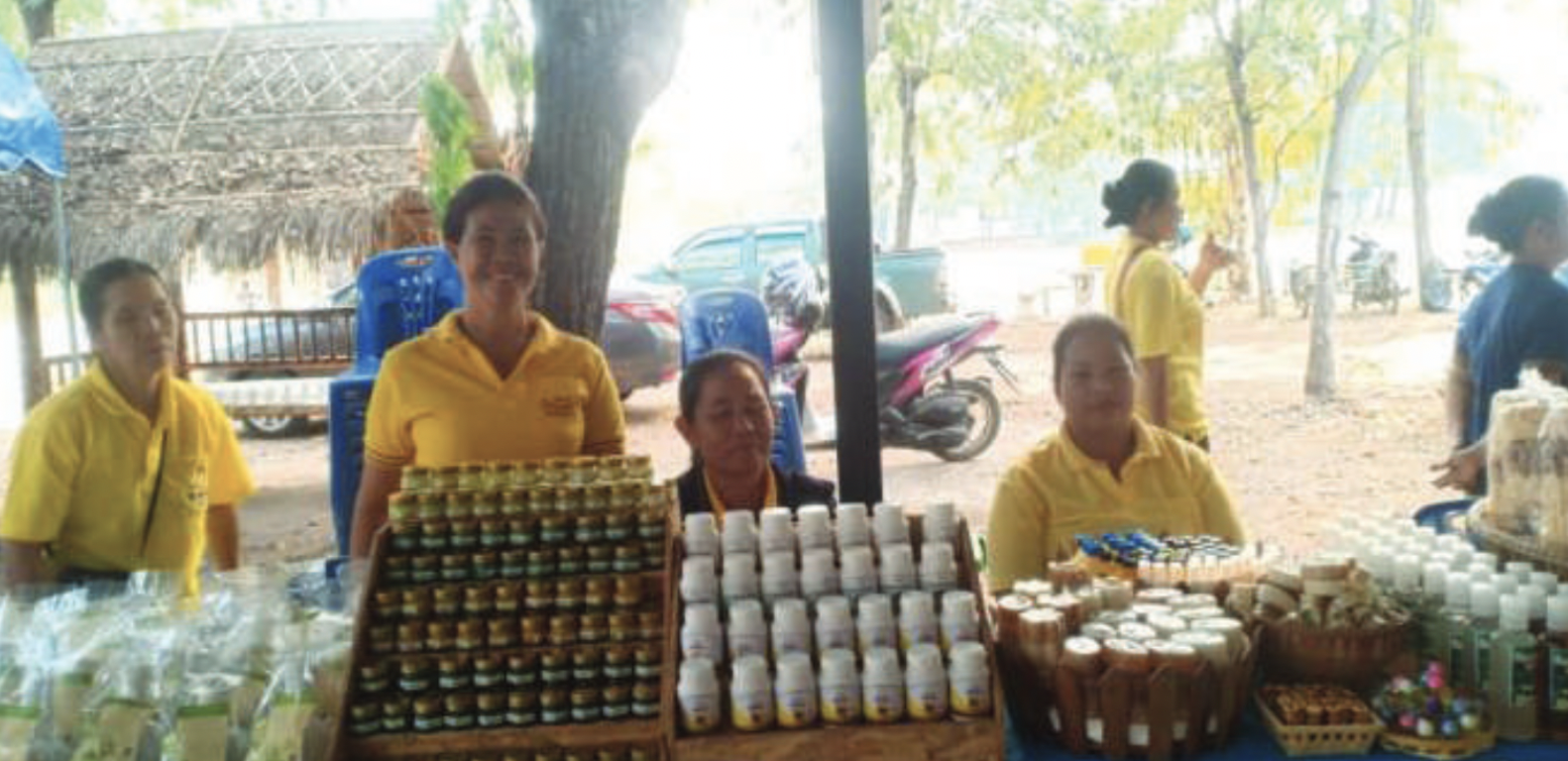Improving the community’s herbal raw material quality control
Main Article Content
Abstract
A model national master plan on the development of Thai herbs No. 1, 2017-2021, aims to develop Thai herbs for economic stability driven by innovation (Value-Based Economy), with a comprehensive plan for the development of Thai herbs from the beginning of production, during the production, and distribution process. The development of herbal raw materials to have international quality, marketing promotion, and promoting the use of herbs and Thai traditional medicine are one of the main strategies for driving the country. It is necessary to rely on techniques and research methods to cover every step from agriculturist selection, species selection, planting process, harvesting process, and post-harvest storage, including analysis of the content of medicinally active substances in order to be developed into the best quality herbal products. The objectives of the research include 1) to transfer the knowledge of growing herbal plants in organic farming, 2) to encourage the production process of herbal raw materials to have quality and standards (Thai Herbal Pharmacopoeia), and 3) to assess the agriculturist’s satisfaction towards herb production. Andrographis paniculata (Burm.f.) Nees and Curcuma longa L. were encouraged to the 20 agriculturists’ target group in Ban Kota Village, Phra That Subdistrict, Na Dun District, Maha Sarakham Province, who voluntarily participated in this project. Planting experiments were conducted from May 2016 to January 2017. The data were collected by analyzing medicinal active substances and using community satisfaction questionnaires. The results showed that the content of curcuminoids in Curcuma longa was approximately 5.56% of dry weight. And the andrographolide content in Andrographis paniculata was about 6.62% of dry weight, which is consistent and higher than the standard requirements for Thai herbs. It is a result of growers having knowledge and understanding of the quality control process of herbal raw materials. Take into consideration the factors that make the product safe with good agricultural practices, good harvesting practices, as well as producers, places, equipment, and management, thus making high-quality herbal raw materials. The growers were the most satisfi ed with the herb yield at 98 percent. At present, the aforementioned grower’s group has registered as “Ban Kota Organic Herb Growers Community Enterprise” with Walai Rukhavej Botanical Research Institute as a knowledge provider on the process knowledge and sale in the community. In 2020, the group entered into a memorandum of understanding (MOU) with Pharmcare Pharmaceutical Factory, Faculty of Pharmacy, Mahasarakham University to sell quality herbal raw materials to the factory in the form of medicinal powders, including Andrographis paniculata (Burm.f.) Wall. ex Nees., Curcuma longa L., Cissus quadrangularis L., Zingiber cassumunar Roxb., and Thunbergia laurifolia Lindl.
Article Details

This work is licensed under a Creative Commons Attribution-NonCommercial-NoDerivatives 4.0 International License.
All authors need to complete copyright transfer to Community University Engagement Journal prior to publication. For more details click this link: copyright & license
References
Chokcharoenrat, T. & Sangchontharn, S. (2005). Nonthaburi herbal medicine product quality control guidelines. Division of Drug Control, Food and Drug Administration.
Gangathip, B. (1997). Analysis of active ingredients from Andrographis paniculata from various planting sites produced in the production process for industry. Research and Development Institute, Kasetsart University.
National Medicine Committee. (2006). Herbal medicines account. Assembly Printing House Agricultural Cooperatives of Thailand Co., Ltd.
Pratanthurarak, S. (2003). Quality herbal raw materials: A case study of turmeric. Faculty of Pharmacy, Mahidol University.

